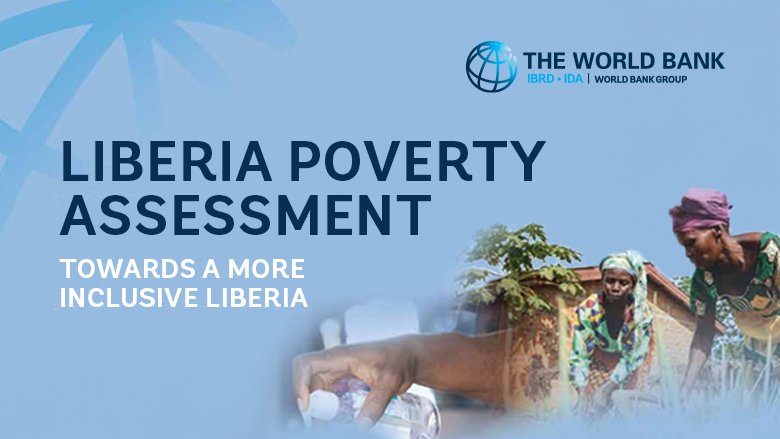Liberia’s Stagnant Agricultural Sector
Most poor Liberians depend on agriculture for their livelihoods, but the agricultural sector has exhibited sluggish and stagnant growth. The pronounced transition in employment from agriculture to low-productivity services in Liberia underscores the need to focus on skill development as a key strategy for poverty reduction. While the industrial sector has captured a larger share of output, its potential to reduce poverty also remains limited. A substantial, expanding, and low-skilled youth population confronts restricted opportunities beyond agriculture and low-skilled services. More than half of poor Liberians mostly depend on agriculture for their livelihoods, so its success is instrumental for sustainable poverty reduction. Rubber concessions contributed to exports and growth in the 1960s, but the benefits of these are not shared broadly across the population and can limit agricultural opportunities. A considerable portion of farming households focus on growing food, particularly rice, for themselves, with few engaging in cash crops.
Low Human Capital and Access to Basic Services
Liberia faces a major development hurdle due to its low human capital. Limited access to education represents a significant obstacle to efforts to reduce poverty and build human capital. Service delivery problems go beyond health and education as access to clean water and sanitation is low. Access to electricity, although improving, is also very limited, and the poor are less likely to have access.
The Way Forward
The report recommends that to address Liberia's economic challenges, fortifying macro and fiscal stability is deemed essential, with a focus on prudent fiscal management, efficient taxation, and attracting foreign investment. Concurrently, investing in agriculture is identified as pivotal for poverty alleviation and climate resilience, requiring infrastructural enhancements and climate-smart practices. Moreover, securing land tenure and scrutinizing agricultural concessions are highlighted to foster development while safeguarding local interests. Human capital investment is underscored as crucial, emphasizing the need to enhance education and healthcare accessibility amidst climate-induced challenges. Lastly, a robust statistical system is advocated for evidence-based policymaking, emphasizing expanded data collection and collaboration across sectors. This pragmatic and inclusive approach aims to pave Liberia's path to enduring prosperity amidst global uncertainty.


